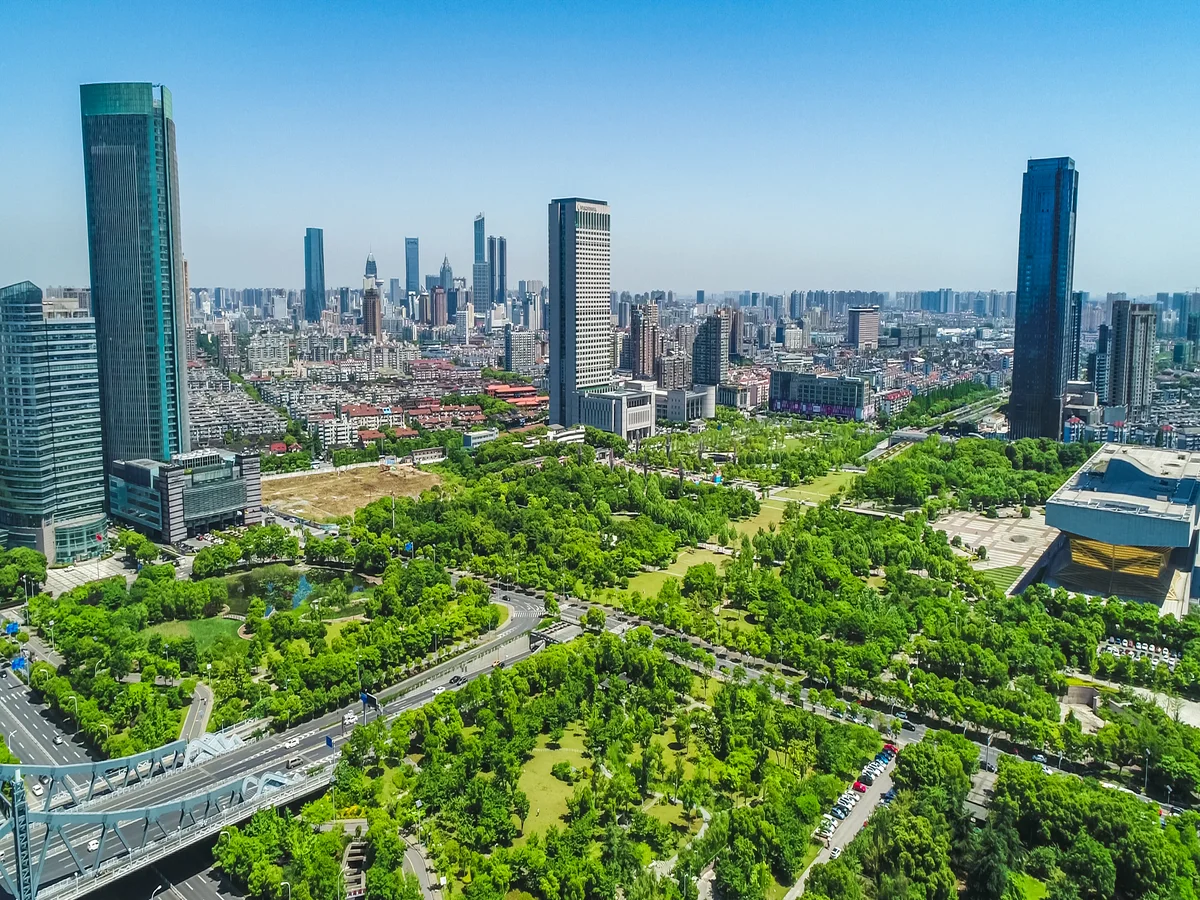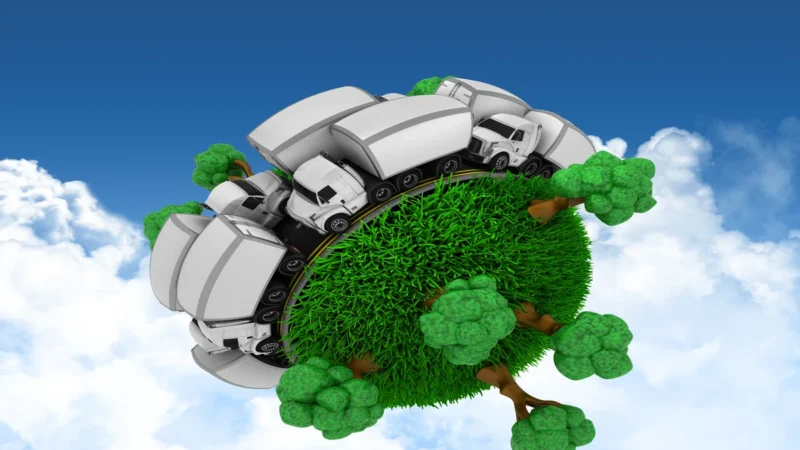Transforming Urban Living: The Greening of City Landscapes

In the 21st century, urbanization is an unstoppable global trend. As more people flock to cities seeking opportunities and a better life, urban areas continue to expand rapidly. However, this growth comes at a cost, including increased pollution, higher energy consumption, and the loss of green spaces. The solution to many urban challenges lies in the transformation of city landscapes through “greening” initiatives. This article explores how the integration of green spaces and sustainable practices is shaping urban living for the better.
The Urban Challenge
Urbanization brings a myriad of problems, from traffic congestion to air pollution, but one of the most significant challenges is the environmental impact. Cities are responsible for a substantial portion of global greenhouse gas emissions, with energy-intensive buildings, transportation, and industrial processes contributing to the problem. Additionally, the urban heat island effect makes cities significantly warmer than surrounding areas, leading to higher energy consumption for cooling and discomfort for residents.
The Green Revolution
The “greening” of city landscapes involves introducing various sustainable and eco-friendly practices to urban environments. This transformation can be seen in multiple aspects of city life:
1. Rooftop Gardens
Rooftop gardens are gaining popularity in urban areas. They offer multiple benefits, including improved air quality, reduced heat absorption, and even opportunities for urban agriculture. Green roofs also insulate buildings, leading to lower energy consumption for heating and cooling.
2. Vertical Gardens
Vertical gardens or living walls are an innovative approach to green up urban spaces. They not only add aesthetic appeal but also help purify the air, reduce noise, and cool the surrounding area. These structures are commonly used on the exteriors of buildings, along highways, and in public spaces.
3. Urban Parks and Green Spaces
The creation and preservation of urban parks and green spaces are essential for enhancing the quality of life in cities. These areas offer recreational opportunities, habitat for wildlife, and improved mental well-being for residents. Well-designed parks can also mitigate flooding and improve water quality.
4. Sustainable Transport
Cities are promoting sustainable transportation options such as biking, walking, and public transit to reduce the carbon footprint of urban living. Bike lanes, pedestrian-friendly streets, and efficient public transportation networks are critical components of this shift.
5. Energy-Efficient Buildings
Green building practices have led to the development of energy-efficient structures that consume less energy for heating, cooling, and lighting. These buildings incorporate technologies like solar panels and efficient insulation.
6. Smart Cities
Smart city initiatives leverage technology to improve the quality of life for residents. This includes intelligent traffic management systems, waste reduction through optimized collection, and smart energy grids that reduce consumption.
The Benefits of Greening Urban Landscapes
The greening of city landscapes brings about numerous advantages:
1. Environmental Benefits
- Reduced Pollution: More green spaces and fewer emissions result in improved air quality.
- Climate Mitigation: Green roofs and walls, along with urban forests, capture carbon dioxide, contributing to climate change mitigation.
- Biodiversity: Urban green spaces can support a variety of plant and animal species, aiding biodiversity conservation.
2. Health and Well-being
- Improved Mental Health: Access to green spaces and contact with nature have been linked to reduced stress and enhanced well-being.
- Physical Health: Promoting walking and cycling by creating pedestrian-friendly spaces improves physical health and reduces the risk of non-communicable diseases.
- Social Cohesion: Parks and community gardens provide spaces for social interaction and community building.
3. Economic Advantages
- Increased Property Values: Proximity to parks and green spaces often leads to increased property values.
- Tourism: Attractive, green cityscapes can boost tourism, bringing economic benefits.
- Cost Savings: Energy-efficient buildings and sustainable infrastructure lead to lower utility costs.
Challenges and Implementation
While greening city landscapes is an appealing prospect, it comes with challenges. Funding, planning, and citizen engagement are key issues that cities need to address. Effective urban planning is crucial to ensure green spaces are accessible, well-maintained, and integrated into the city fabric. Moreover, educating the public about the importance of green urban living and involving communities in decision-making processes are essential steps towards successful implementation.
Key Takeaways
The greening of city landscapes is a vital strategy to improve the quality of urban living while addressing critical environmental and health challenges. By incorporating green spaces, energy-efficient practices, and sustainable urban planning, cities can become more resilient, healthier, and more enjoyable places to live. The transformation of city landscapes is an ongoing process, and its success is a collective endeavor involving government, businesses, and citizens who are committed to building a sustainable and vibrant urban future.


